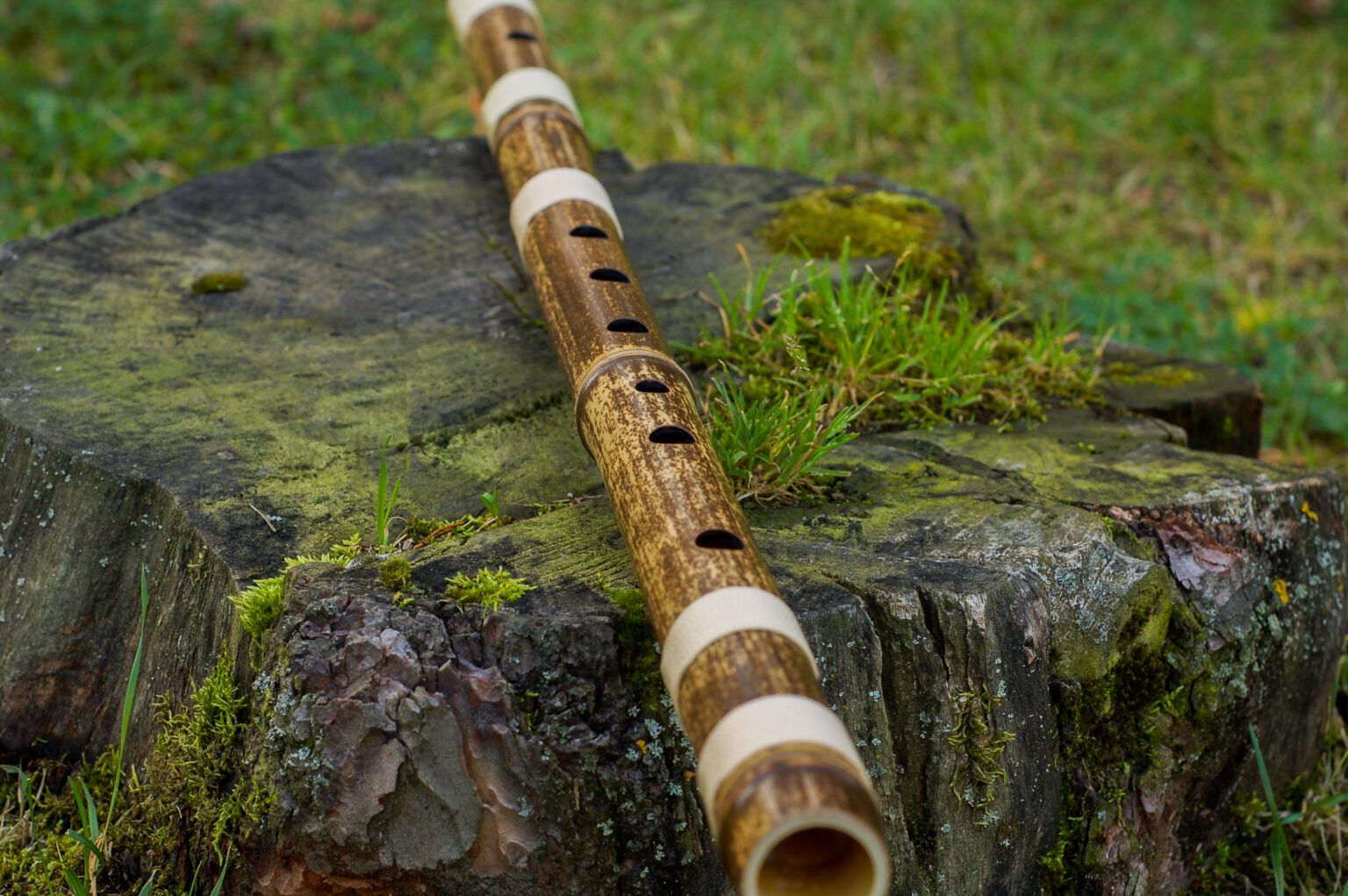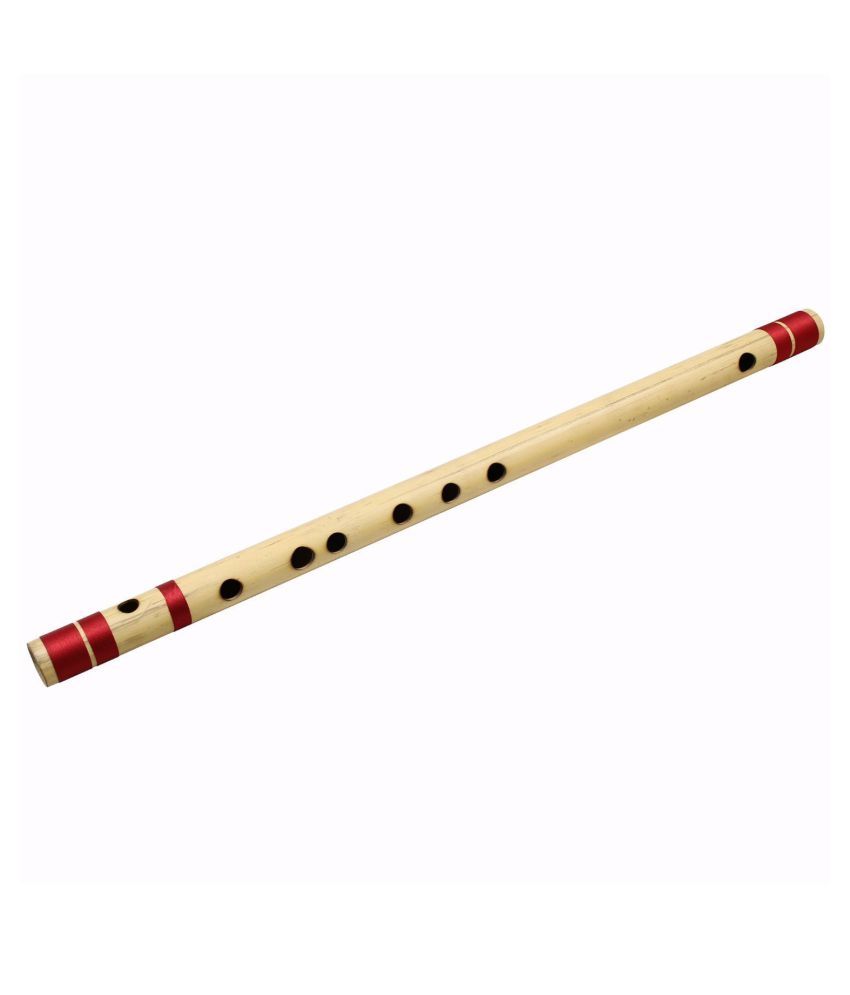
It is constructed with high quality Tanpura recordings and allows you to choose your Sa out of the twelve notes of an octave - just with a click of your mouse! The strings of this Tanpura are tuned to a reference of A=440Hz and are in the most common configuration of Pa Sa Sa Sa. Here is Virtual Live Tanpura for you to practice / play Bansuri with. And the pitch is not really affected by playing style. Having Tanpura as an accompaniment is not absolutely necessary in case of string instruments like Sarod and Sitar as the instrument is tuned to the tonic SA each time prior to playing, thereby 'freezing' the tonic pitch.


Tanpura serves this purpose very well as it not only provides the root note Sa but also another note - specific to the particular raga being performed, usually Pancham or Pa (the fifth note). Having reference tone playing in the background can come in real handy here to help the bansuri player stay latched onto the tonic pitch or Sa. Also, during a long playing session the player may get fatigued and loose pitch in the process. In case of Bansuri, even if the player is an expert, the sound being produced can have pitch variations depending upon style, force and angle of blowing during a playing session. The drone produced, most commonly using a Tanpura ( तानपूरा in Hindi) (tambura in Carnatic tradition), serves the all important function of helping the musician stay on their pitch. In Indian classical music, both Hindustani and Carnatic, drone is considered to be an essential accompaniment for the musician.


 0 kommentar(er)
0 kommentar(er)
